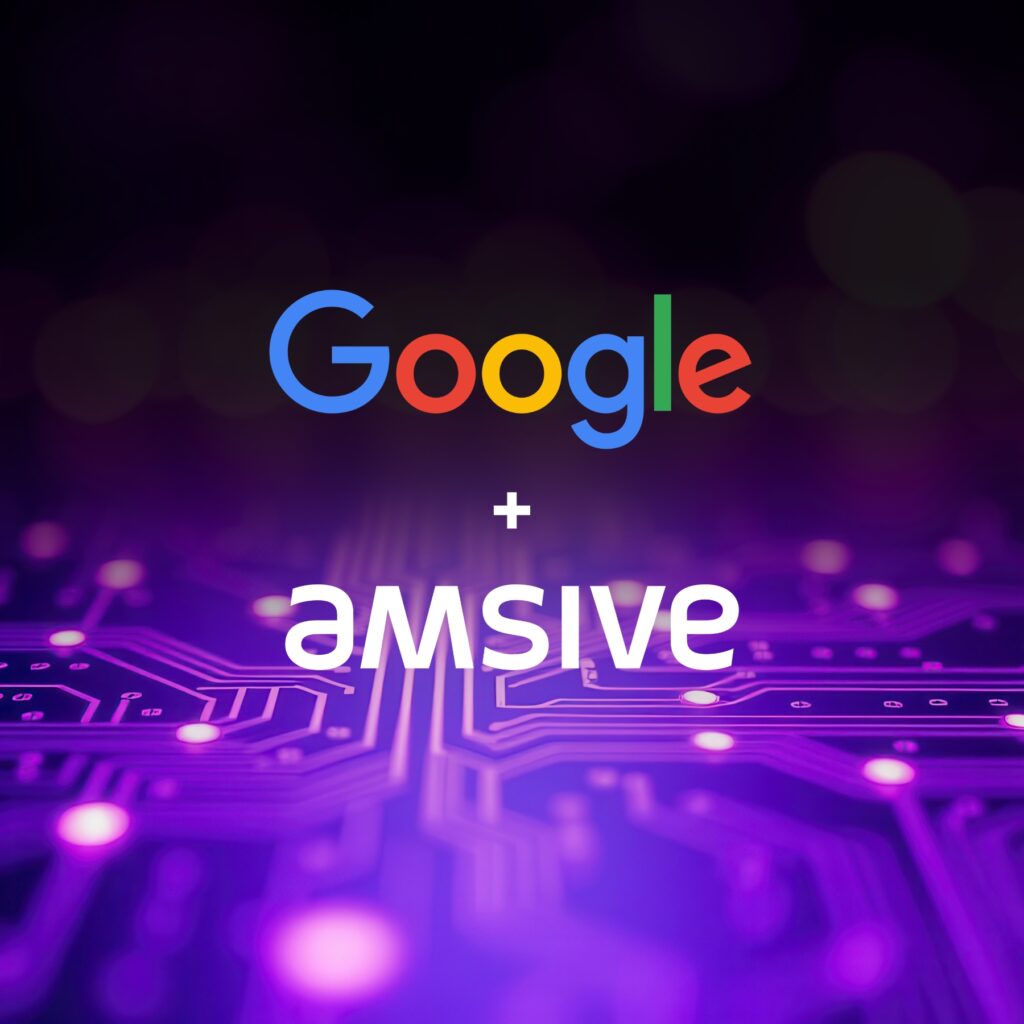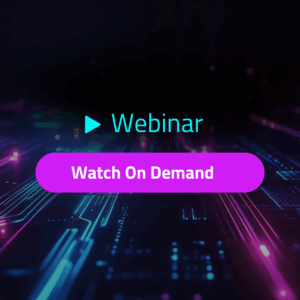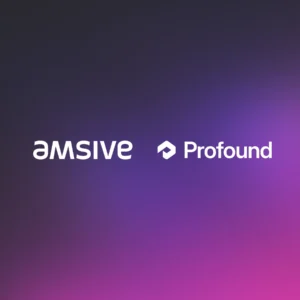Establish a strong digital foundation to drive sustainable brand growth. No “hacks” needed.
Consumer purchase journeys are complex, omnichannel, and ever-evolving. Whether customers ultimately buy products on or offline, consumer brands need a strong digital foundation. Brands in categories such as health and wellness, beauty, over-the-counter products, and more, require a robust digital marketing strategy to move their customers from awareness to conversion.
Building a powerful digital presence requires a lot of wins. From organic and paid search to social channels, website user experience, and paid media, succeeding in these competitive arenas means building the right brand foundation across digital ecosystems. Intuitively reaching and connecting with consumers looks, sounds, and feels different across platforms, channels, and moments. If it sounds complicated, it’s because it is. Yet, there are six foundational pillars to establish and grow your brand through digital marketing. Start here. Without excelling in these core areas, your brand won’t be able to reach its full digital potential — or deliver a quality brand experience for consumers on their purchase journeys.
Consider these six pillars both a challenge and a checklist to ensure that your brand shows up on the right channel, in the right moment, and with the right message for every customer. So, in the short-term or long-run, you win them over.
Is your digital foundation built on solid ground?
Two things matter most for every consumer brand’s digital marketing plan: a compelling brand story and the ability to measure success and gain valuable insights. If your digital marketing foundation was a house built on six pillars, your brand story and measurement methodology are the solid ground on which everything else stands. Build on sand, and the entire structure will shift precariously. Ensure the base of your digital plan is solid.
Brand storytelling
Once you’ve honed your brand story (the reason consumers should care about your product and the narrative to best communicate that message), it’s time to tell this story in digital and social ecosystems. The modern marketing campaign is a confluence of touchpoints. For example, the same creative and copy won’t work across the different social platforms, let alone other mediums. Each channel needs to optimize engagement for the exact moment consumers connect with your brand message. Effectively telling your brand story might look, sound, and feel slightly different on each digital and social channel and must be tailored to how individuals consume content on each one. Even if your brand is at the right place at the right time, it’s the right brand story and content format that will ultimately connect and compel action. A nuanced understanding of your brand storytelling is needed to keep your brand consistent as your messaging is uniquely tailored to every moment.
Measurement + attribution
How are you measuring effectiveness — individually by platform and across channels? To maximize ROI, individual wins must also roll up to larger, better outcomes. Optimizing spending across all of your foundational elements is part of a successful digital marketing and media plan that understands each channel’s influence on driving consumers down the funnel. For example, a good cost-per-click doesn’t mean that you’re automatically converting customers when they arrive on your site. Do you take into account the loyalty and retention your organic social channels engender that lead to continued conversion on and offline? Each channel and tactic needs to be considered in attribution. While people convert from down-the-funnel tactics, what drove them there could be influencer marketing, paid social ads, or SEO strategies. This strategic thinking acknowledges the interconnectedness of accurate measurement within a more extensive media mix to ultimately optimize every channel — for every opportunity.
Effective brand storytelling and measurement underpin the six pillars of digital marketing consumer brands must excel at to achieve the best results for their marketing efforts.
Consumer brands. Here are the 6 foundational pillars of your digital marketing.
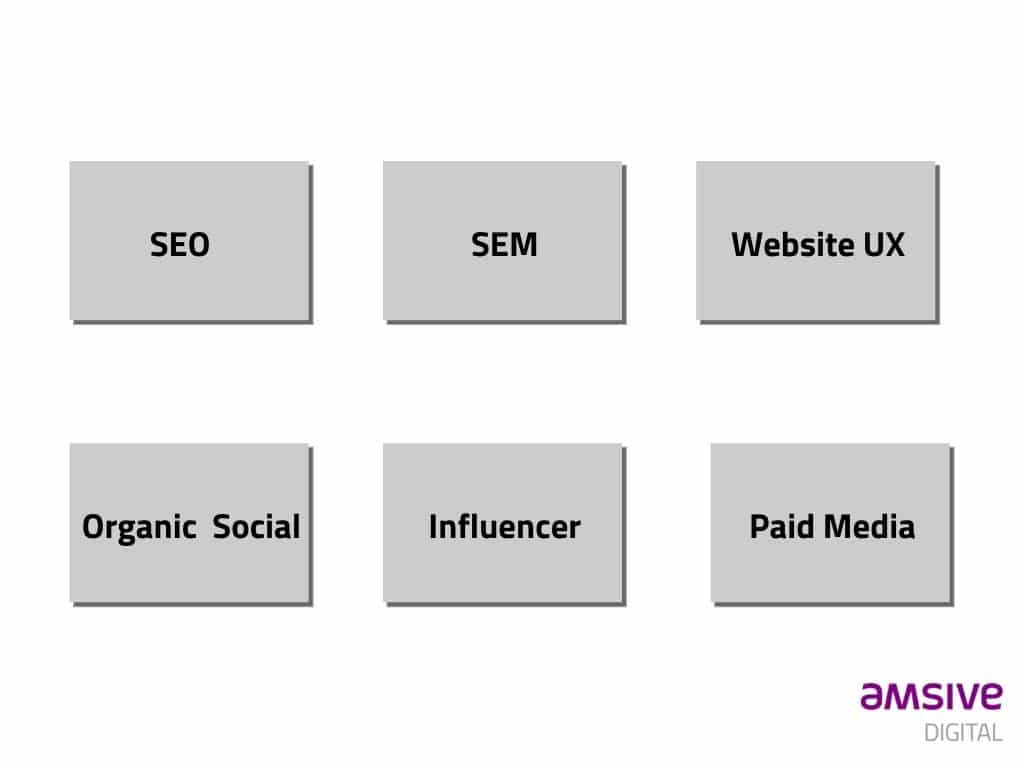
1. Smart SEO
Almost 70% of online experiences begin with a search engine. Search engine optimization (SEO), in broad terms, improves the quality of organic traffic from search engines to your website and web pages. For consumer brands, a solid SEO strategy ensures customers can find, learn more about, buy, and share your products online. Many brands are investing in search visibility on Amazon and other retail.com sites such as Walgreens.com, Walmart.com, and more to ensure their products are top-of-mind in all the right spaces.
Consumer brands, especially those in health and wellness, need to understand and improve their E-A-T. Expertise, authority, and trustworthiness (E-A-T) have been Google’s focus in recent years in order to fight misinformation online.
Good E-A-T is especially critical for health and wellness brands in what Google considers “Your Money, Your Life” (YMYL) webpages. YMYL topics are any that “could potentially impact a person’s future happiness, health, financial stability, or safety.” While that may sound specific, it turns out that many sites fall into this YMYL category, given that so many topics and products affect users’ happiness and well-being. Consumer brands, especially in health and wellness, often find their topics and webpages may be included in the YMYL category. Largely speaking, YMYL sites have overwhelmingly felt the impacts of recent algorithm updates and, within this category, good E-A-T becomes incredibly important.
What is “good E-A-T?” At its core, E-A-T asks if the information your website provides is the most accurate, trusted, and expert on this topic? If, according to Google’s Search Quality Evaluator Guidelines, the answer is “yes,” then your site could be ranked above your competitors with similar content. Google’s E-A-T continues to transform organic search and Google’s first page results. In tandem, ever-present algorithm updates, such as the product reviews updates in 2021 and 2022, show how Google’s rising challenge to Amazon is shifting the eCommerce landscape for years to come.
Positive product reviews are part of good E-A-T as Google’s algorithm becomes more sophisticated in understanding valuable content to searchers. It’s clear that Google is devaluing product reviews that only repurpose what others or the manufacturers have said about the products, without adding evidence that the reviewer has tried the products themselves. The common thread in Google’s official documentation about the product reviews updates is that high-quality review content demonstrates the reviewer has truly spent a significant amount of time and research evaluating the products first-hand. Google’s focus means brands must ensure their product reviews are accurate, authentic, and most importantly valuable to people searching online.
Consumer brands need smart SEO solutions that can outperform over time, weathering and adapting to changes within the search landscape and ultimately netting out above competitors.
2. Strategic SEM
Search engine marketing (SEM) focuses on the traffic to your website from paid ads. In the last two years, search ad spending increased by 54%. As consumer brands seek to show up in searches and gain traffic against competitors, they’re investing in search visibility for Amazon and retail sites such as Target.com or TheHomeDepot.com. This investment is part of building a seamless search experience based on deep audience insights that speak directly to customers’ ever-changing intent.
For example, Google Ads’ Performance Max harnesses the power of AI to advertise across all of the Google networks. As with every campaign type, Performance Max has its pros and cons. However, unlike other formats, Performance Max can unlock brand new insights about customers’ interactions with your brand and products. Performance Max is just one type of campaign within a strategic mix of paid media that can improve the quality of your traffic coming from search engines.
3. Up-to-speed website UX
So, compelled by successful advertising or your brand story told by an influencer, a customer arrives at your website. What will they find? Your website’s user experience (UX) directly impacts what consumers think and feel about your brand, and also, what they will or will not buy. Excellent UX is part of a seamless customer experience across all digital and physical touchpoints. When assessing your website, ask: On the front end, is it to navigate and understand? On the backend, is it quick and easy to use? Your brand needs a fast, responsive site optimized for Core Web Vitals that immediately stands out from other similar product sites.
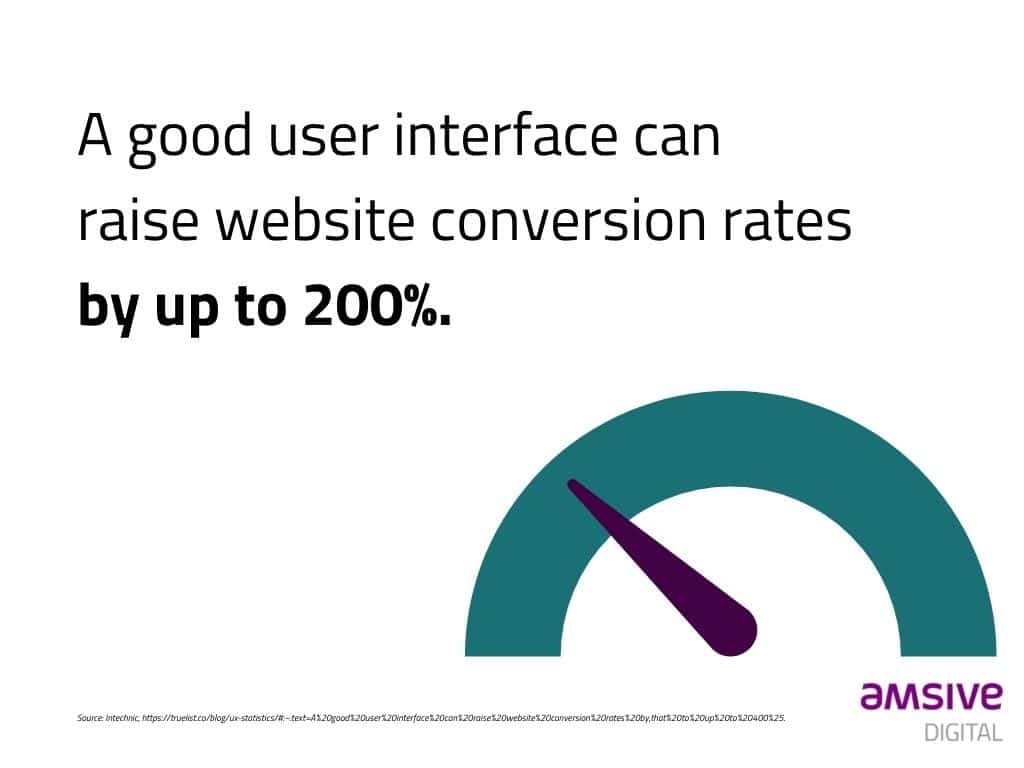
How do you know where to start? User experience (UX) research closes the knowledge gap throughout the UX design process, ensuring your business saves resources, builds loyalty, and provides the ideal user experience for every customer.
“Building a site without UX research is like stumbling around the house in the middle of the night to get a glass of water. You might bump an elbow or stub a toe since you can’t see the ideal place to be. These bumps can be painful, and in business terms, cost you money. UX research places nightlights along your path, illuminating key pieces of your journey. These strategically placed guides save you from stumbling and falling financially, lighting your best way forward.”
– Ian Pfister, Associate Strategist, UX Research
4. Optimized organic social
Is your brand story being told well? Are you driving the right social conversations? Through impactful strategy and content, your brand can lead relevant, compelling, and fun social conversations that engage — and make your brand a leading social voice in your category. From health and wellness to over-the-counter products, consumer brands benefit from a strong social presence. Instead of making organic social content decisions based on what you hope is the latest hype cycle, data analytics and reporting can inform and ground your strategy in what matters to your followers and is pertinent to your brand. Blend art and science to connect and communicate with dynamic brand content that lives naturally in each channel.
There are many benefits to an optimized organic social program. First, you are able to personify your brand and enhance brand storytelling within an optimized organic social strategy that’s sustainable and works in tandem with your paid social tactics and larger paid media strategy. Additionally, organic social tools and tactics such as social listening and community management offer unique perspectives on your current and potential customers as they engage with your brand. By investing in organic social, your brand can connect and communicate while supporting and providing insights into other areas of your digital marketing.
5. Performance-driven influencer marketing
A whopping 90% of marketers believe that influencer marketing is effective, as surveyed in a 2022 Influencer Marketing Hub survey. Additionally, 72% of marketers agree that influencer marketing provides higher quality customers. Why? Influence marketing uses trusted voices to validate and build awareness for your brand story. Co-founder of Intuit, Scott Cook states, “A brand is no longer what we tell the consumer it is — it is what consumers tell each other it is.”
Drive greater return on influence (ROI) by moving from ‘testing the waters’ with influencer engagement to scaling this important marketing channel. Consider a multi-tiered strategy that includes two key components. First, employ an ‘always-on’ brand ambassador strategy to consistently deliver brand messaging to raise and maintain your share of voice within social ecosystems. Then, use episodic and larger influencer campaigns that support key brand initiatives, important retail customers, and/or seasonal pushes as part of your media and marketing mix for these initiatives. All influencer marketing efforts must be amplified with paid media support launched from influencers’ accounts to drive maximum program reach, engagement, and traffic — achieving KPIs and greater return on influencer investments.
When choosing an influencer marketing agency partner, be sure to screen for two things. First, the level of knowledge and influencer experience they have in your category, especially when it comes to health and wellness brands. Second, the depth of their paid media skills and success in amplifying content from influencers’ accounts which will be needed to ultimately maximize your business results.
6. Ultramodern paid media
Consumer brands’ paid efforts rely on high-quality content and effective ad spending across media and social channels. Stand out from the crowd with dialed-in messaging that moves audiences to act. Today, that means video across devices and platforms. Mobile video consumption is 17x higher than ten years ago. Americans spend an average of one hour and 35 minutes a day with subscription OTT video.
Brand marketers know that video creates big wins. With higher conversion KPIs, video delivers more for your brand — and business. For example, video ads offer 2X higher audience engagement on LinkedIn. Due to this, brands have increased spending.

Cement your digital strategy
Consumer purchase journeys start online. Whether the majority of purchases happen on or offline, consumer brands need a strong digital foundation to effectively tell their story and engage consumers. Brands in the health and wellness, beauty, and over-the-counter categories can win when they intuitively show up for consumers across their digital ecosystems and purchase journeys. And when people do interact with your brand’s ads or content, it’s just the right message for the moment.
For consumer brands, these six structural basics of digital marketing work together and build upon a robust infrastructure resting on solid brand storytelling and effective measurement strategy. But there’s so much more to succeeding within your own digital ecosystem.
